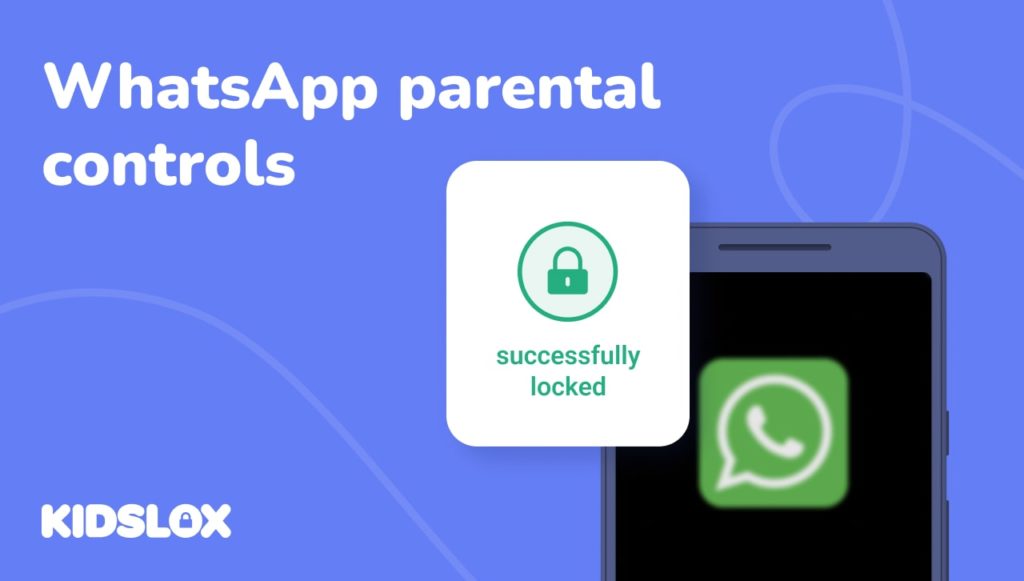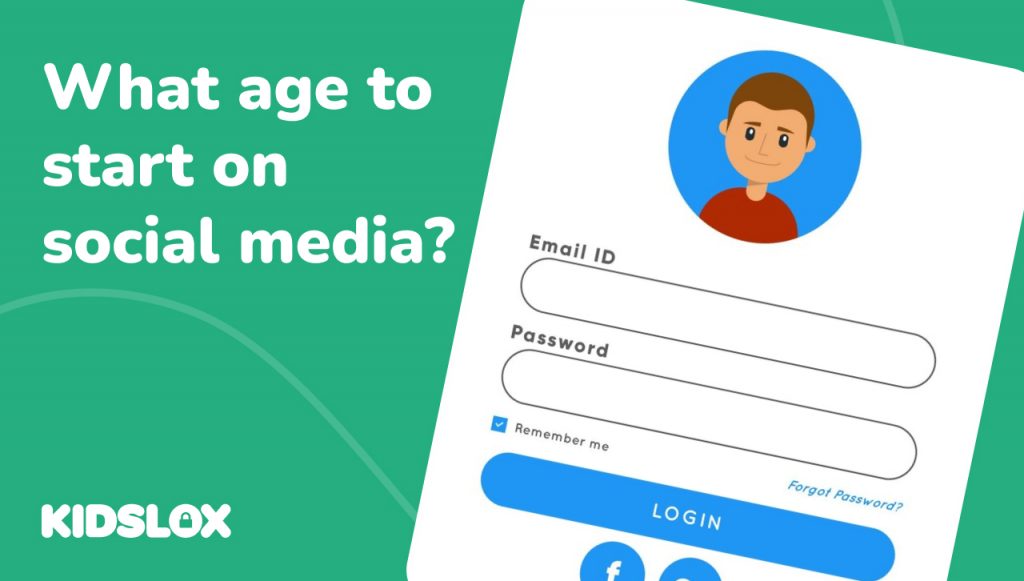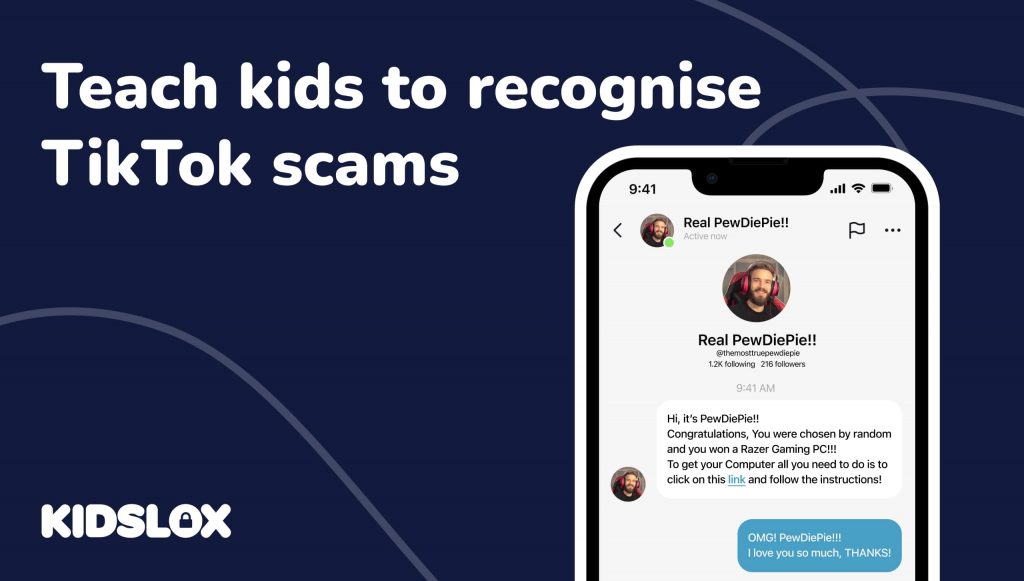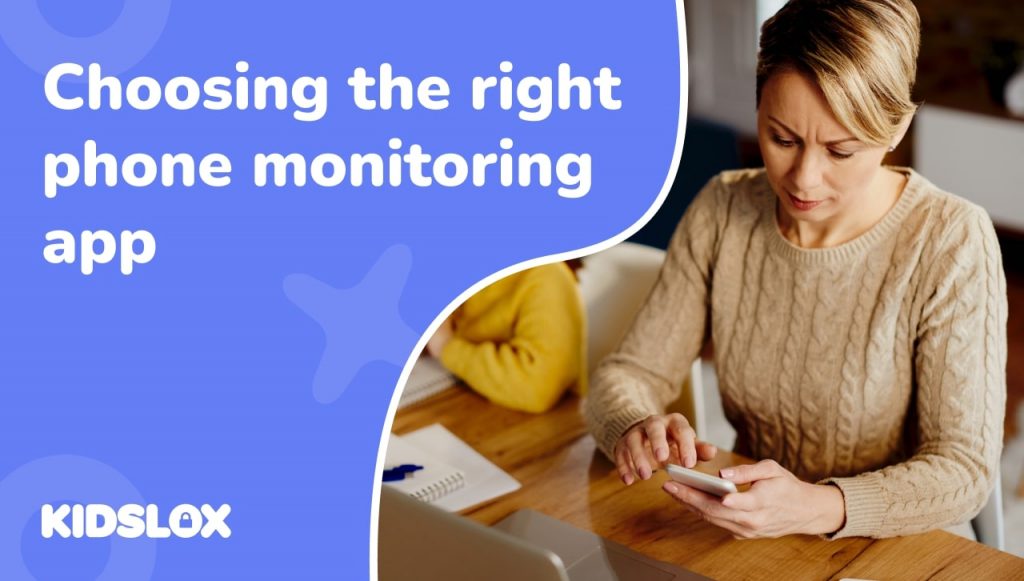WhatsApp is a popular messenger for kids and parents alike. But with great power comes great responsibility, and as parents, it’s crucial to take measures to ensure our kids are using WhatsApp safely and responsibly.
As a messaging service focused on privacy, WhatsApp offers several appealing features to kids and families. WhatsApp is end-to-end encrypted, meaning messages are private and can only be read by the sender and receiver. WhatsApp also offers group chat features, making it easy for kids to stay in touch with friends and family.
However, while WhatsApp is an excellent tool for communication, there are also potential risks associated with its use.
For example, kids could be exposed to inappropriate content, cyberbullying, or online predators. That’s why parents must be aware of the potential risks and take steps to protect their kids.
Fortunately, WhatsApp offers a few parental control options that can help us keep an eye on our kids’ messaging activity and protect them from potential harm. In this guide, we will look at a few of the parental control options available for WhatsApp – and the steps you can take to keep your child safe.
What is WhatsApp, and Why is it So Popular Among Kids and Parents?
WhatsApp is a cross-platform messaging app that allows users to exchange text, audio, and video messages. WhatsApp is available on Android and iOS devices and a variety of international mobile phone networks. It can also be used on desktop computers – making it easy for kids and parents to stay connected.
WhatsApp is a popular choice for communication among kids and families for several reasons:
1. End-to-End Encryption
A primary reason that WhatsApp is popular among kids and families is its end-to-end encryption. This means that messages exchanged on WhatsApp are private and can only be read by the sender and receiver.
End-to-end encryption adds an extra layer of security – making it more difficult for hackers to access messages. Users enjoy the sense of privacy and security that end-to-end encryption provides.
2. Group Chat Features
Another popular feature of WhatsApp is its group chat capabilities. This feature allows users to create groups – making it easy for kids to stay in touch with friends and family members. Groups can include up to 256 participants – and users can easily add or remove people from groups.
3. Cross-Platform Availability
WhatsApp is available on various platforms, making it easy for kids and parents to stay connected. WhatsApp can be used on Android and iOS devices and desktop computers. This cross-platform availability makes it a popular choice for communication among families.
4. Free to Use
WhatsApp is a free-to-use app – making it an appealing choice for families on a budget. WhatsApp does not charge users for messaging services – making it a cost-effective option for communication.
The Risks Associated with WhatsApp for Kids
While WhatsApp is a great tool for communication, there are also potential risks associated with its use.
1. Inappropriate Content
One of the risks associated with WhatsApp is that kids could be exposed to inappropriate content. WhatsApp allows users to exchange text, audio, and video messages – meaning that kids could potentially come across offensive or sexually explicit content.
2. Cyberbullying
Another potential risk associated with WhatsApp is cyberbullying. Cyberbullying is a form of bullying that occurs online – and it can be difficult for parents to detect. Because WhatsApp is a private messaging app, it can be used by bullies to send harassing or threatening messages to kids.
3. Online Predators
Another risk associated with WhatsApp is that kids could be targeted by online predators. Online predators are adults who use the internet to exploit children. They may use WhatsApp to send inappropriate messages or images or groom kids for real-life meet-ups.
4. Privacy Concerns
The end-to-end encryption that WhatsApp offers is a great privacy feature – but it also has potential risks. Because messages are private, parents may not be able to see what kids are sending and receiving on WhatsApp. This could make it difficult to detect if kids share sensitive information or face bullying from others.
How to Enable Parental Controls on WhatsApp
To ensure that your children are safe while using WhatsApp, you can enable parental controls on the app. Let’s walk through the restrictions and limitations you can set for your child’s WhatsApp account:
Blocking Someone on WhatsApp
A common issue parents face is that their kids are added to WhatsApp groups without permission. Fortunately, WhatsApp offers a way to block someone from adding your child to a group. By enabling this setting, only people who have your child’s contact information will be able to add them to a group.
To enable this setting:
- Open WhatsApp and go to Settings.
- Tap Account > Privacy > Blocked
- Within this setting page, select or add the names/numbers of individuals you wish to block.
Once a name or number is added to the block list, that person will no longer be able to add your child to a WhatsApp group.
Remove Visible Public Information
To help protect your child’s privacy, you can remove their visible public information from WhatsApp. This setting will prevent other users from seeing your child’s profile photo, status, and about section.
To remove visible public information:
- Open WhatsApp and go to Settings.
- Tap Account > Privacy
Within “Privacy,” you can restrict four different levels of public information:
- Last Seen: this shows when you were last active on WhatsApp
- Profile Photo: this is the photo that is displayed in the profile of the specific WhatsApp account
- Status: this editable text setting shows what a user is currently doing
- About: this is the editable information that is displayed in your profile
You can choose “Nobody,” “My Contacts,” or “Everyone” for each of these privacy settings. “Nobody” will make the information completely private, “My Contacts” will only allow contacts to see the information, and “Everyone” will allow anyone on WhatsApp to see the information.
We recommend that parents choose “Nobody” for the Last Seen, Profile Photo, and Status settings – and “My Contacts” for the About setting. This will help protect your child’s privacy while allowing them to share information with their contacts.
Turn Off Live Locations
Another feature of WhatsApp is the ability to share your live location with others. While this can be a useful feature, it also has potential risks – like allowing strangers to know your child’s whereabouts. Many parents are unaware that this setting exists and can be turned on without their knowledge.
To turn off this setting:
- Open WhatsApp and go to Settings.
- Tap Account > Privacy > Live Location
- Within this setting page, you can choose “Off” or “Share with No One.” If you want to allow your child to share their location with specific contacts, you can choose “Share with Contacts.”
We recommend that parents choose “Off” for this setting to help protect their child’s privacy and safety. If you also use WhatsApp, you can limit their Live Location sharing to your account to keep tabs on their location.
Mute Group Messages
Group messages have become a popular way for users – both kids and adults – to communicate on WhatsApp.
While group messages can be fun and helpful, they can also be overwhelming and frustrating. If your child is added to a group without their permission, or if they’re added to a group that’s constantly sending messages, they may want a way to mute the conversation.
Fortunately, WhatsApp offers a way to mute group messages. This setting will prevent messages from a specific group from appearing in your child’s notifications. The messages will still be stored within the app, but your child won’t be notified whenever a message is sent.
To mute group messages:
- Open WhatsApp and go to the group message you wish to mute.
- Tap the group name at the top of the screen.
- Within the “Group Info” page, scroll down and tap “Mute.”
- You can choose to mute the group for a variety of different lengths of time.
If your child is added to a group without their permission, or if they’re added to a group that’s constantly sending messages, muting the group can be a helpful way to prevent notifications from being overwhelming.
Stay Safe Online with Kidslox
The privacy features and cross-compatibility of WhatsApp have made it a popular choice for kids and parents alike. Yet those same features can create an unsafe environment if not used correctly.
As a parent, it’s essential to be aware of the potential risks and take steps to protect your child. By following the tips in this article, you can help ensure that your child is using WhatsApp safely and responsibly.
If you want to take your internet safety a step further, consider using a third-party parental control app like Kidslox. Kidslox is a parental control app that can help protect your child’s online safety. It provides a variety of features, including:
- Location tracking
- App blocking
- Browser blocking
- Time limitsa
With Kidslox, a single account can control and limit all of your family’s devices. It’s the best way to keep your family safe online.





